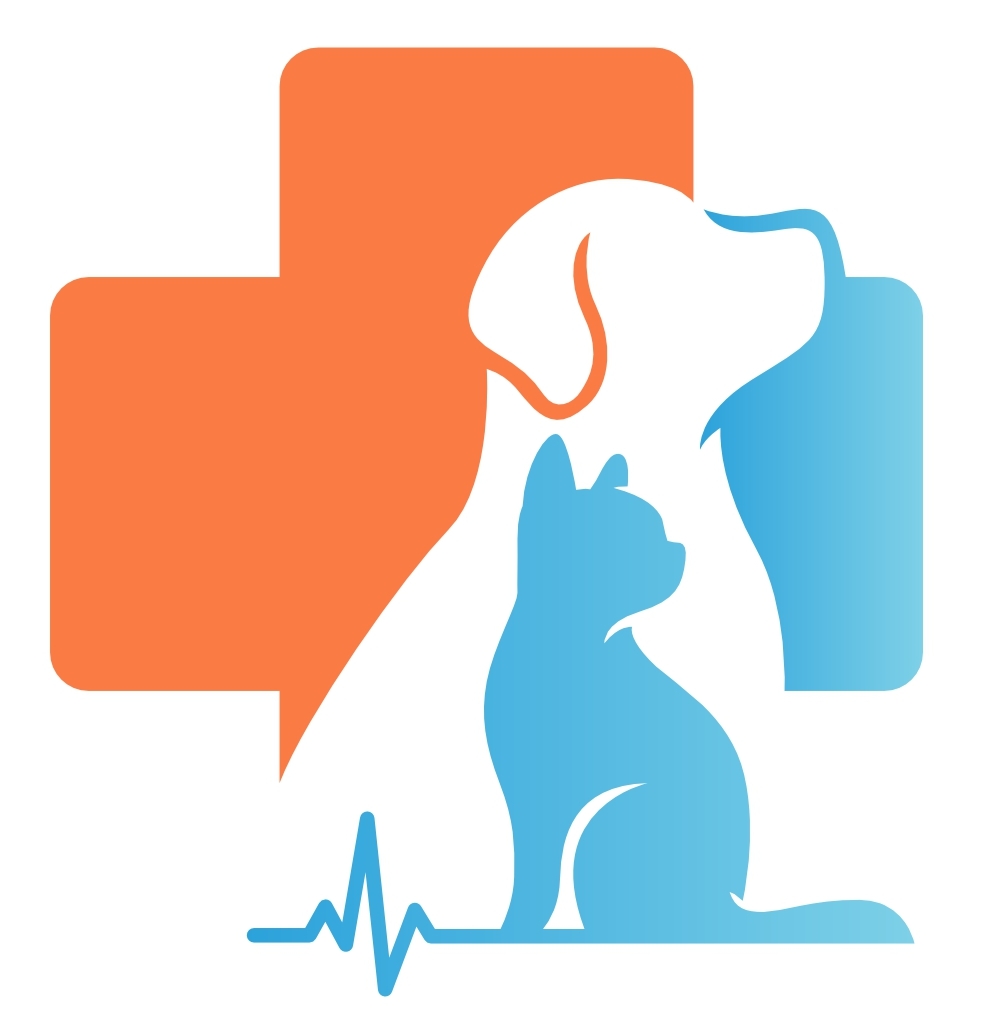Eclampsia in Cats
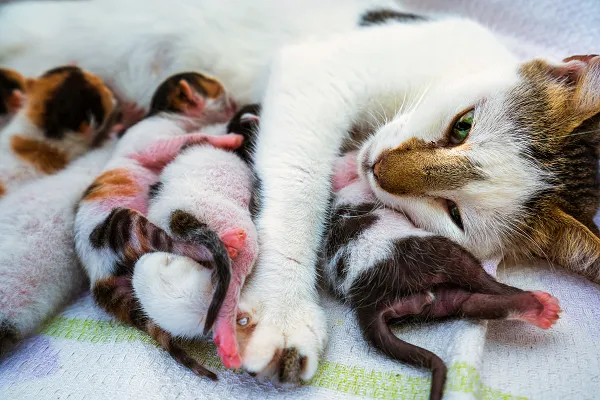
Eclampsia in cats is a rare emergent condition of hypocalcemia that generally occurs one to four weeks after giving birth but can occur before. Risk factors include a poor diet, abnormal parathyroid gland, and calcium supplementation during pregnancy. Signs of eclampsia start as restlessness, panting, and stiffness and can progress to disorientation, tremors, inability to walk, and convulsions. Treatment includes intravenous fluids, careful intravenous calcium supplementation, and other supportive medications followed by oral supplementation and weaning kittens as soon as possible or supplementing their diet with milk replacer.
Dry, Canned, or Semi-Moist: Food Choices for Cats
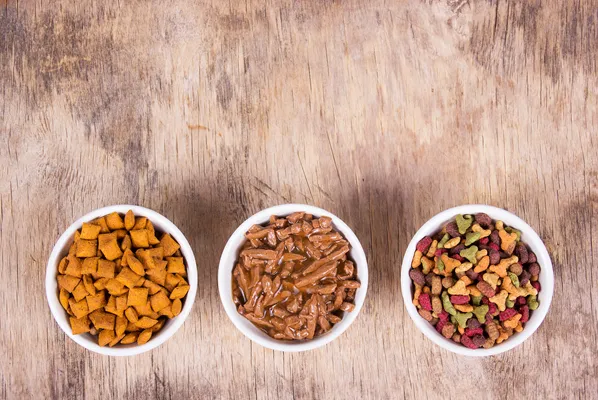
This article reviews the advantages and disadvantages of the different food forms available for cats, including dry, canned, and semi-moist foods. Dry food, or kibble, is easy to portion control and can be fed in puzzle toys. Canned food is a good option but more expensive than kibble and does not last as long once opened. Semi-moist foods are generally not recommended as the main diet due to their high sugar and sodium content, as well as difficulty with portioning. Feeding a combination of canned and dry is recommended for young, healthy cats so that they are exposed to a variety of textures
Diabetes Mellitus: Principles of Treatment in Cats
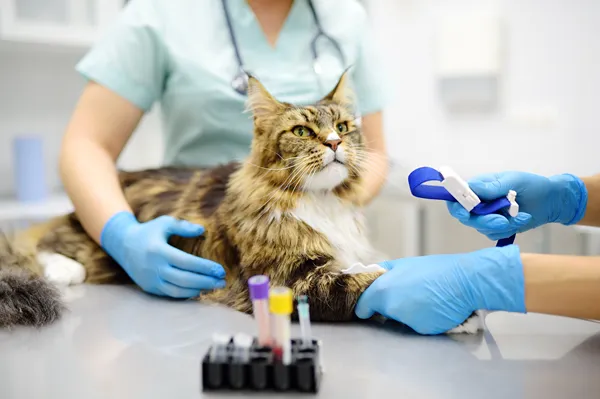
Diabetes mellitus is an inability to regulate blood glucose caused by a loss of insulin production (Type I) or inadequate insulin supply or resistance (Type II). In cats, diabetes mellitus is most often type II. This type of diabetes usually results from obesity, creating insulin resistance. Cats with type II may be treated with oral medication, but some cats may ultimately require insulin injections. Diet is also important. This article discusses various treatments and monitoring regimens.
Deciphering Cat Food Labels
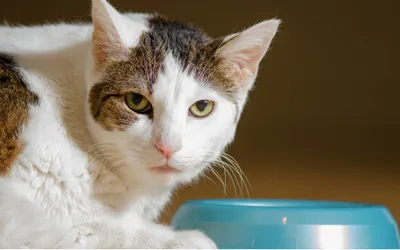
Cat food labels can certainly be confusing to interpret. In the United States, the Association of American Feed Control Officials (AAFCO) has developed model laws and regulations that states use for animal feeds. In Canada, pet food labeling guidelines are regulated by the Consumer Packaging and Labeling Act administered by Industry Canada. The Canadian government’s Competition Bureau also has an extensive working group that upholds a voluntary code of conduct for the labeling and advertising of pet food. The most important information when comparing one dog food to another is the guaranteed analysis. Ingredient lists are somewhat useful when evaluating a particular cat food, but it is important to recognize the limitations. Talk to you veterinarian about the ingredient list and nutrient profile to help choose the diet that is right for your cat.
Critical Care Nutrition for Cats
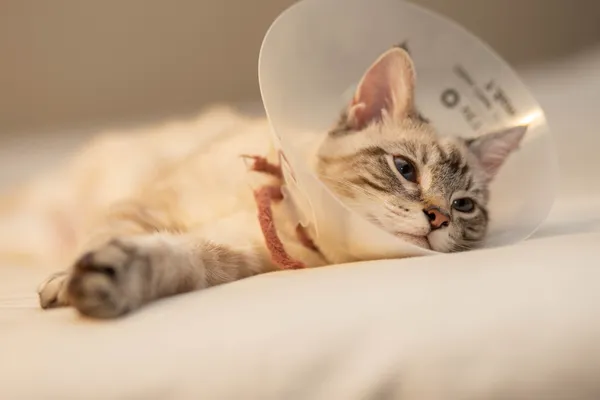
Critical care patients in the hospital are at risk of becoming malnourished, and poor food intake can delay healing and recovery. When hospitalized patients don’t get adequate calories and nutrients, their cellular metabolic activities are disrupted. They can develop problems with medications – either with inadequate drug activity, or creating a relative overdose if drug elimination is slowed. Critically ill cats that are not eating well on their own can directly benefit from the nutrition support provided by a feeding tube.
Coat and Skin Appearance in the Healthy Cat
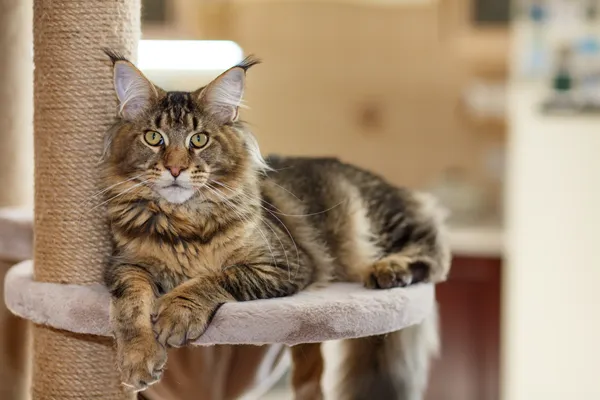
Your cat’s skin and coat condition are good indicators of her health. A healthy coat should be shiny and smooth, not brittle or coarse, and healthy skin should be supple and clear, not greasy, flaky, or bumpy. Selective breeding has led to the development of cats with various coat characteristics requiring varying grooming needs. To maintain healthy skin and coat, your cat also requires a properly balanced diet.
Choosing the Best Diet for Your Pet

Veterinarians generally agree that there is no single best food for all dogs or all cats. Our pets are individuals: some will prefer dry kibble, while others will prefer wet or canned food. Pet owners may also have preferences related to cost, convenience of shopping, and how a particular pet food manufacturer conducts their business. This handout briefly outlines key aspects of selecting the most appropriate food and water for your dog or cat.
Cat Treats
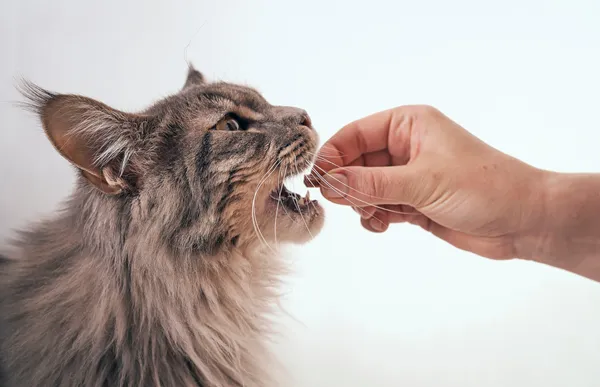
Treats are a great way to bond with your cat but are an additional source of calories that must be considered within the overall diet. Treats should be no more than10% of your cat’s daily calorie intake and, in greater quantities, can create a nutritional imbalance. Consider choosing lower calorie treats for your cat to avoid exceeding the 10% rule.
Benefits of Breed-Specific Diets

Breed-specific diets are a category of commercial pet feeds available for dogs and cats that are formulated to accommodate various breed predispositions. This article provides a concept overview of these diets, including what they are and what benefits they may serve. Specific examples are reviewed in brief to illustrate case scenarios for common canine and feline breeds.
Arthritis and Nutrition for Cats
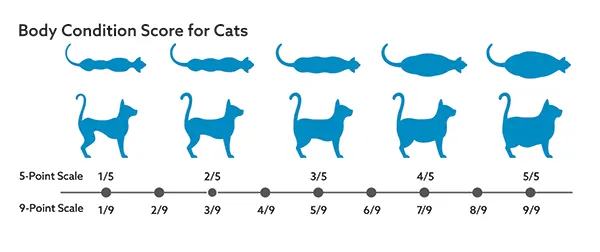
Approximately 20% of cats across all ages suffer from painful osteoarthritis in one or more joints, and 90% of cats over 12 years of age show evidence of arthritis on radiographs. Because cats are living longer, every cat owner will face the issue of osteoarthritis at some point. This handout discusses the use of nutrition and nutritional supplements to aid in the management of your cat’s osteoarthritis. Weight loss, omega fatty acids, and various chondroprotective supplements are discussed.
